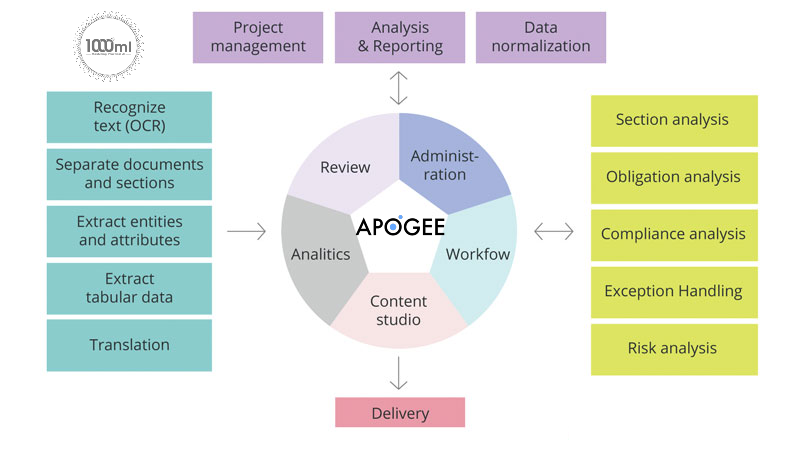With the rapid growth of AI and NLP, the need for Robotic Process Automation (RPA) has become increasingly evident. In this article, we will examine why AI & NLP with RPA are key to being truly effective.
Defining AI and NLP
Artificial Intelligence refers to the development of computer systems that can perform tasks that normally require human intelligence, such as visual perception, speech recognition, decision-making, and language translation. On the other hand, Natural Language Processing is a subfield of AI that focuses on enabling computers to understand, interpret, and generate human language.
Brief history of AI and NLP development
The history of AI can be traced back to the 1950s when computer scientist John McCarthy first used the term “Artificial Intelligence.” Since then, AI has undergone tremendous advancements, from simple rule-based systems to complex machine learning algorithms. The field of NLP has also grown significantly over the years, with advancements in speech recognition and machine translation.
Importance of AI and NLP in today’s business world
Today, AI and NLP are essential tools in the business world. They are used to automate tasks, streamline operations, and improve customer experiences. With their ability to process large amounts of data and make predictions, they have become indispensable tools in industries ranging from finance to healthcare.
AI and NLP need RPA to be truly effective.
However, while AI and NLP have many benefits, they are not without their limitations. The integration of RPA can help to overcome these limitations and maximize the potential of AI and NLP.
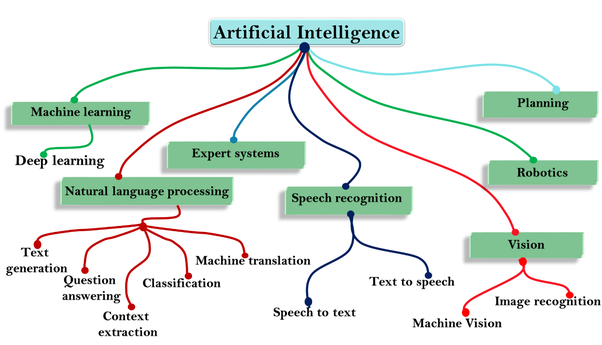
What is RPA and its role in AI and NLP?
Definition of RPA
Robotic Process Automation is a technology that automates repetitive, manual, and time-consuming tasks through the use of software bots. RPA bots can work 24/7, freeing up human workers to focus on more strategic tasks.
How RPA complements AI and NLP
RPA and AI/NLP complement each other in many ways. RPA can automate the manual, time-consuming tasks that AI and NLP struggle with, while AI and NLP can provide the intelligence and decision-making capabilities that RPA lacks. This integration leads to a more efficient and effective system overall.
Examples of RPA being used with AI and NLP
One example of RPA being used with AI and NLP is in the finance industry, where RPA bots are used to automate the processing of invoices and payments. AI and NLP are used to analyze data and make decisions on which invoices to process, while RPA automates the actual processing.
Limitations of AI and NLP
Lack of human-like decision making and problem solving abilities
Despite their impressive advancements, AI and NLP still lack the human-like decision making and problem solving abilities that come with human intuition and experience.
Difficulty in handling large amounts of data and processing it efficiently
Another limitation of AI and NLP is their difficulty in handling large amounts of data and processing it efficiently. This can lead to errors and slowdowns in the system.
Limited ability to handle unstructured data
AI and NLP also struggle with unstructured data, such as images and videos, which often requires manual processing.
The role of RPA in overcoming the limitations of AI and NLP
Improving decision making and problem solving abilities
One of the main limitations of AI and NLP is their lack of human-like decision making and problem solving abilities. This can lead to inaccurate results and poor decision making in some situations. RPA, however, can help to overcome this limitation by providing a layer of human-like decision making through the use of rule-based processes and decision trees. RPA can also use data from multiple sources to make more informed decisions, providing a more comprehensive approach to problem solving.
Efficient handling of large amounts of data
Another limitation of AI and NLP is the difficulty in handling large amounts of data and processing it efficiently. This can lead to slow performance and a decrease in accuracy. RPA, however, can help to overcome this limitation by automating repetitive tasks and freeing up the AI and NLP systems to focus on more complex tasks. RPA can also help to standardize data and ensure consistent data quality, which is essential for AI and NLP systems to be effective.
Handling unstructured data through RPA’s ability to automate processes
AI and NLP systems often struggle with unstructured data, such as text or image data, which can make it difficult for them to generate accurate results. RPA, however, can help to overcome this limitation by automating processes for handling unstructured data. For example, RPA can be used to extract relevant information from unstructured data and present it in a structured format, making it easier for AI and NLP systems to process and analyze the data.
Case Studies of Successful Implementation of AI, NLP, and RPA
Large Corporation Utilizing AI, NLP, and RPA for Increased Efficiency
One example of a large corporation successfully implementing AI, NLP, and RPA is a global technology company which we cannot name. They utilized RPA to automate repetitive tasks and free up their employees to focus on higher-level tasks. This allowed the company to improve the accuracy and efficiency of their processes, resulting in improved customer satisfaction and increased profitability. Additionally, the company used NLP to analyze customer sentiment and improve their customer service experience. By integrating AI, NLP, and RPA, this corporation was able to streamline their operations and drive business success.
Small Business Using AI, NLP, and RPA to Streamline Operations and Improve Customer Satisfaction
Another example of a successful implementation of AI, NLP, and RPA is a groing retail business, Mejuri. This business used RPA to automate routine tasks, such as inventory management and customer service inquiries. By using NLP, they were able to analyze customer feedback and improve the overall customer experience. This not only resulted in improved customer satisfaction, but also increased efficiency and profitability for the business. The integration of AI, NLP, and RPA allowed this small business to compete with larger corporations and drive growth
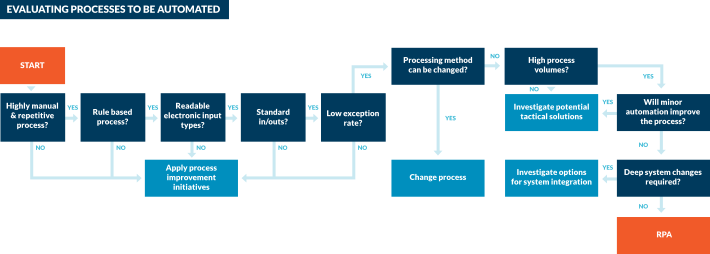
Conclusion
Recap of the Importance of RPA in AI and NLP
In conclusion, RPA plays a critical role in the success of AI and NLP. Without RPA, AI and NLP are limited in their ability to handle large amounts of data, make human-like decisions, and handle unstructured data. RPA helps overcome these limitations by improving decision-making and problem-solving abilities, efficiently handling data, and automating processes to handle unstructured data.
Future Outlook on the Continued Integration of RPA in AI and NLP
The integration of RPA in AI and NLP is set to continue in the future. As technology continues to advance, the capabilities of RPA, AI, and NLP will continue to expand and improve. Businesses that invest in these technologies will be well-positioned to take advantage of these advancements and drive growth and success.
Final Thoughts and Recommendation on Utilizing AI, NLP, and RPA for Businesses
In today’s competitive business environment, it is essential for companies to embrace and utilize the latest technologies, including AI, NLP, and RPA. These technologies offer a wealth of benefits, including increased efficiency and productivity, improved accuracy and data quality, reduced errors and downtime, and improved customer satisfaction. Companies that fail to adopt these technologies risk being left behind by their competitors. We highly recommend that businesses invest in AI, NLP, and RPA to drive growth and success.
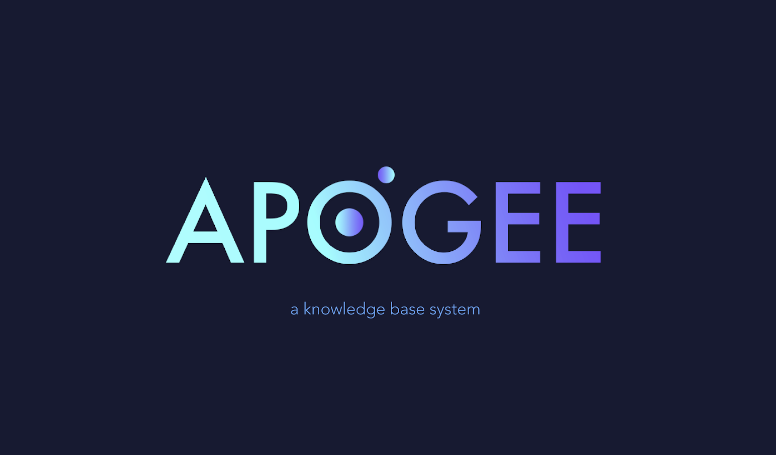
VIII. References
A. List of Sources Cited in the Article
“Robotic Process Automation (RPA).” Gartner, Gartner, 18 Mar. 2020, www.gartner.com/en/information-technology/glossary/robotic-process-automation.
“The Benefits of Integrating Robotic Process Automation with AI.” Cognizant, 27 Oct. 2020, www.cognizant.com/whitepapers/the-benefits-of-integrating-robotic-process-automation-with-ai-codex2228.pdf.
“How AI and NLP Are Revolutionizing Customer Service.” Cognizant, 2 Apr. 2020, www.cognizant.com/insights/how-ai-and-nl
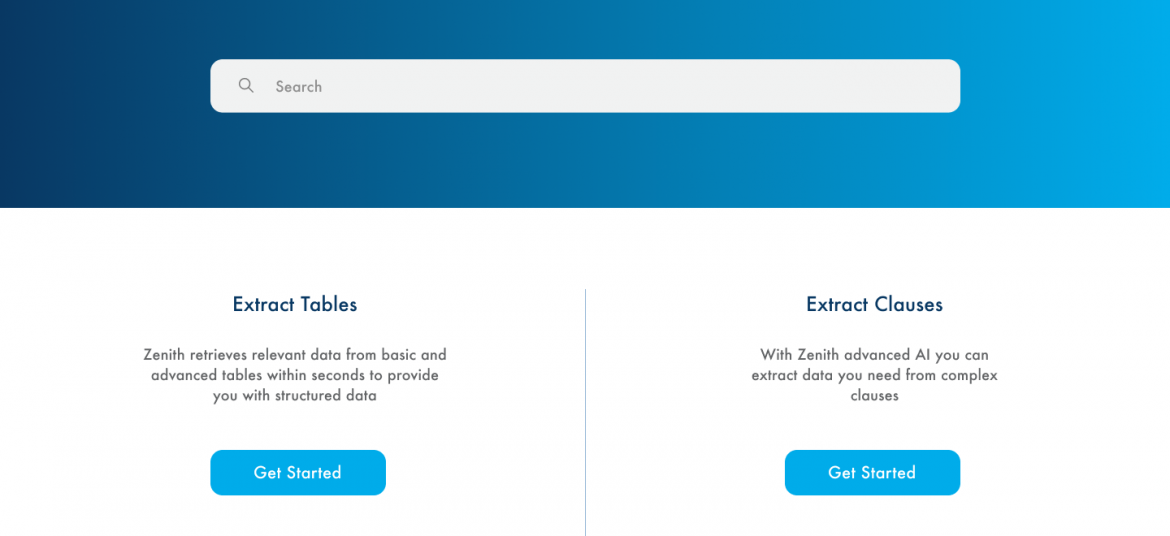
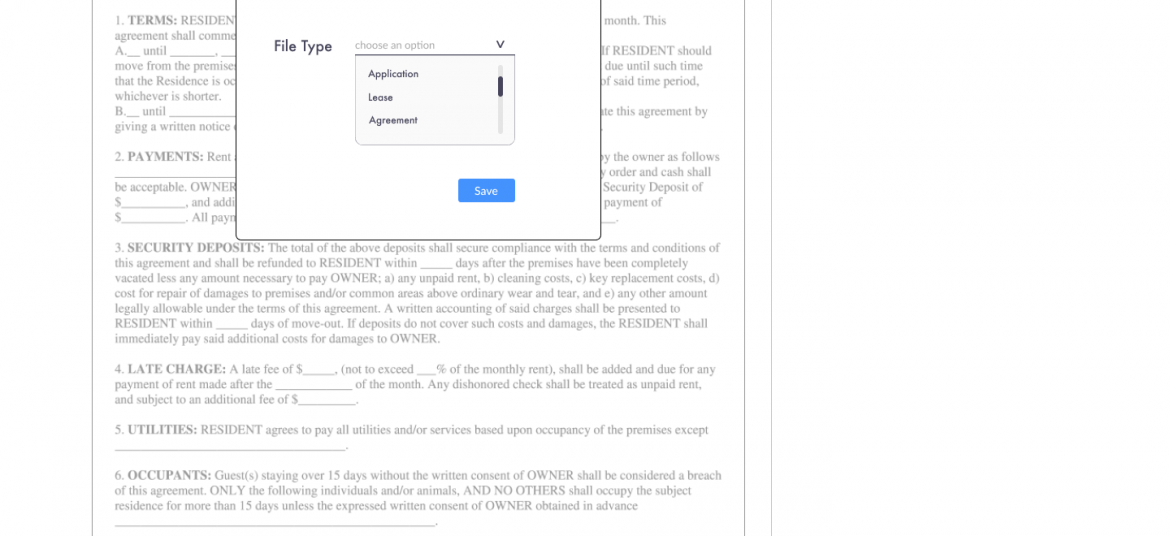
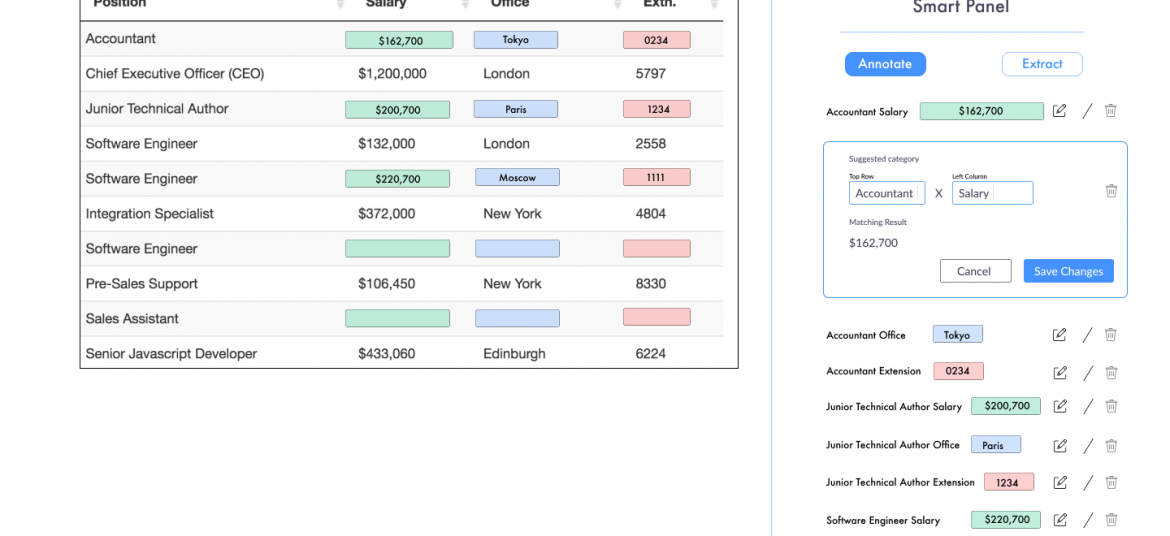
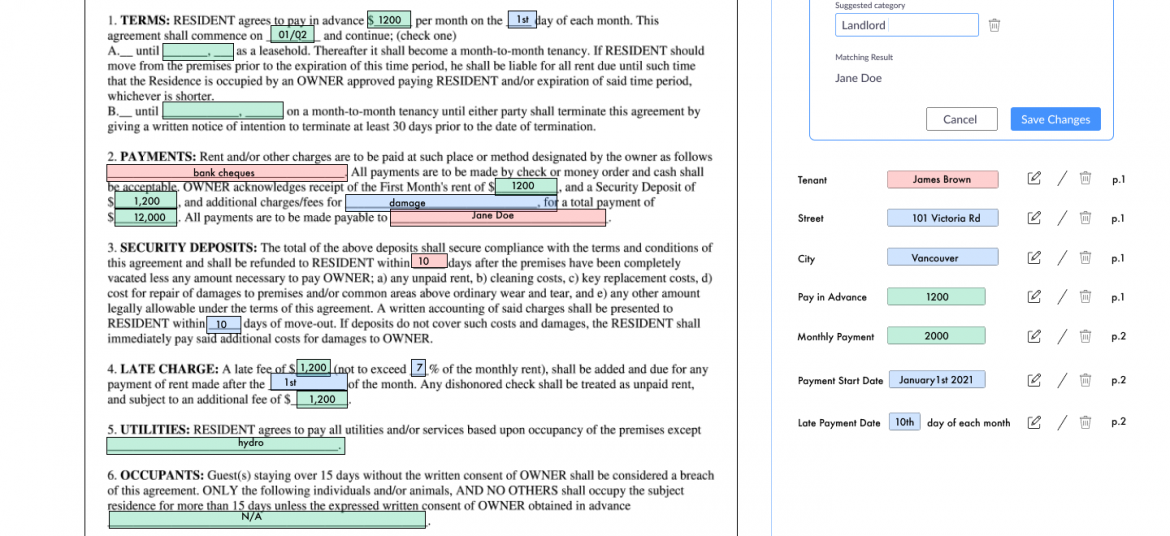
Apogee Suite of NLP and AI tools made by 1000ml has helped Small and Medium Businesses in several industries, large Enterprises and Government Ministries gain an understanding of the Intelligence that exists within their documents, contracts, and generally, any content.
Our toolset – Apogee, Zenith and Mensa work together to allow for:
- Any document, contract and/or content ingested and understood
- Document (Type) Classification
- Content Summarization
- Metadata (or text) Extraction
- Table (and embedded text) Extraction
- Conversational AI (chatbot)
Search, Javascript SDK and API
- Document Intelligence
- Intelligent Document Processing
- ERP NLP Data Augmentation
- Judicial Case Prediction Engine
- Digital Navigation AI
- No-configuration FAQ Bots
- and many more
Check out our next webinar dates below to find out how 1000ml’s tool works with your organization’s systems to create opportunities for Robotic Process Automation (RPA) and automatic, self-learning data pipelines.
